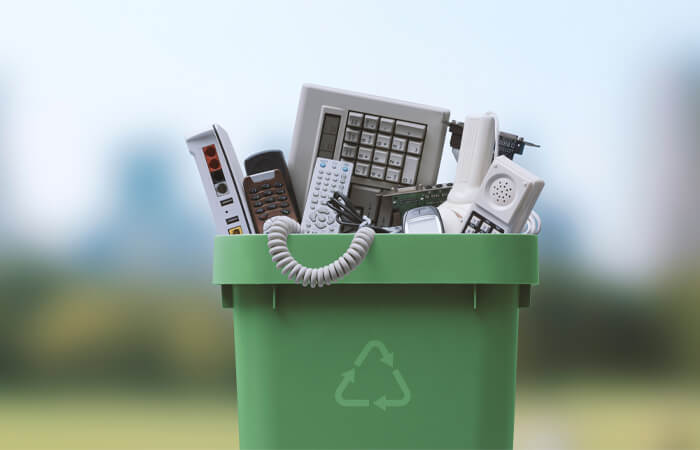Despite the growing enthusiasm for satellite-based phone connectivity, there remains a lack of agreement regarding the pace of its market expansion and even the appropriate terminology for this evolving field.
Features
Human Touch: ChatGPT's Rise Still Dependent on Human Expertise
The rise of ChatGPT and similar large language model (LLM) artificial intelligence systems has generated significant attention and speculation across various domains. Some see them as potential replacements for conventional web searches, while others worry about their impact on job markets. There are even concerns about AI posing an existential threat to humanity. Amidst all this speculation, one fundamental truth is often overlooked: these AI systems, despite their complexity, rely entirely on human knowledge and labor. In other words, they cannot generate new knowledge independently. To understand this better, we must delve into how ChatGPT works and the critical role humans play in its functionality.
Telecom Vendors Elevate R&D Efforts in Q2 2023
In this exclusive three-part series, Telecom Review continues to share a comprehensive evaluation of the Q2 2023 performance of prominent global telecom vendors, including Cisco, Ericsson, Nokia and ZTE.
E-Waste: The Role of Perception in Policy Transformation
Anyone who embarks on an exploration of the complex ecosystem that is electronic waste (e-waste) quickly uncovers the challenges met with its disposal, and the willful initiatives to diminish its impact quickly come to light. As the international community focuses its attention on sustainability, sectors across the board are undergoing momentous change. This article will explore the fundamental drivers pushing the industry toward more environmentally conscious practices, revealing the pivotal individuals and intricate dynamics guiding this noteworthy shift in perspective.
The Sky’s the Limit: How Surging Demand Is Driving AI Job Salaries
In the ever-evolving landscape of technology, artificial intelligence (AI) has emerged as a game-changing force, and companies are willing to pay top dollar for individuals with the right skills. Recent reports indicate that AI-related job positions are offering lucrative salaries, with some reaching up to a staggering $900,000 per year. As businesses increasingly incorporate AI into their operations, the demand for professionals in this field has surged, leading to an unprecedented increase in compensation.
International Women in Cyber Day: Empowering Women in Africa and Beyond
Every September 1st, the world unites to celebrate International Women in Cyber Day (IWCD), a global movement dedicated to recognizing the achievements of women in the cybersecurity sector and shedding light on the challenges they face within this predominantly male-dominated industry.
Spotlighting the EU's Quest for Smartphone Battery Replacements
In a recent development, the European Parliament voted on a tech regulation that features various measures, including requiring smartphone manufacturers to make their devices' batteries easily replaceable by users.
Our Lifeblood Below: How Subsea Cable Cables Empower Our World Today
The internet has become an integral part of our lives, allowing us to connect with people and information from around the world. What makes this global connectivity possible is the vast network of subsea cables traversing the ocean floor, transmitting data at the speed of light through narrow glass fibers. These cables, as thin as a garden hose, are technological marvels capable of carrying copious amounts of data, and they are the essential infrastructure behind our online lives.
A Green Tomorrow: Empowering Youth for a Sustainable Future
Approximately half of the global population is aged 30 or under, and this percentage is anticipated to grow to 57% by the end of 2030. This constitutes the largest demographic of young individuals ever witnessed. In this context, the significance of cultivating eco-friendly proficiencies among young people is crucial for facilitating an equitable shift towards a greener and more sustainable planet where all segments of society, including youth, can reap the benefits proportionately.
Lunar Data Centers: Pioneering the Future of Secure and Sustainable Data Storage
In an era marked by a deepening reliance on digital technologies and unprecedented data generation, the quest for innovative data storage solutions may just launch humans and their pesky data beyond the confines of Earth. One of the more audacious ideas gaining traction is the potential establishment of data centers on the moon. As our natural and only satellite, the moon offers a unique blend of suitable environmental conditions and untapped potential that together present a creative reimagining of the future of data storage. This exploration seeks to integrate cutting-edge technology with lunar infrastructure to challenge conventional engineering approaches and usher in a new dawn of secure and sustainable information storage.














